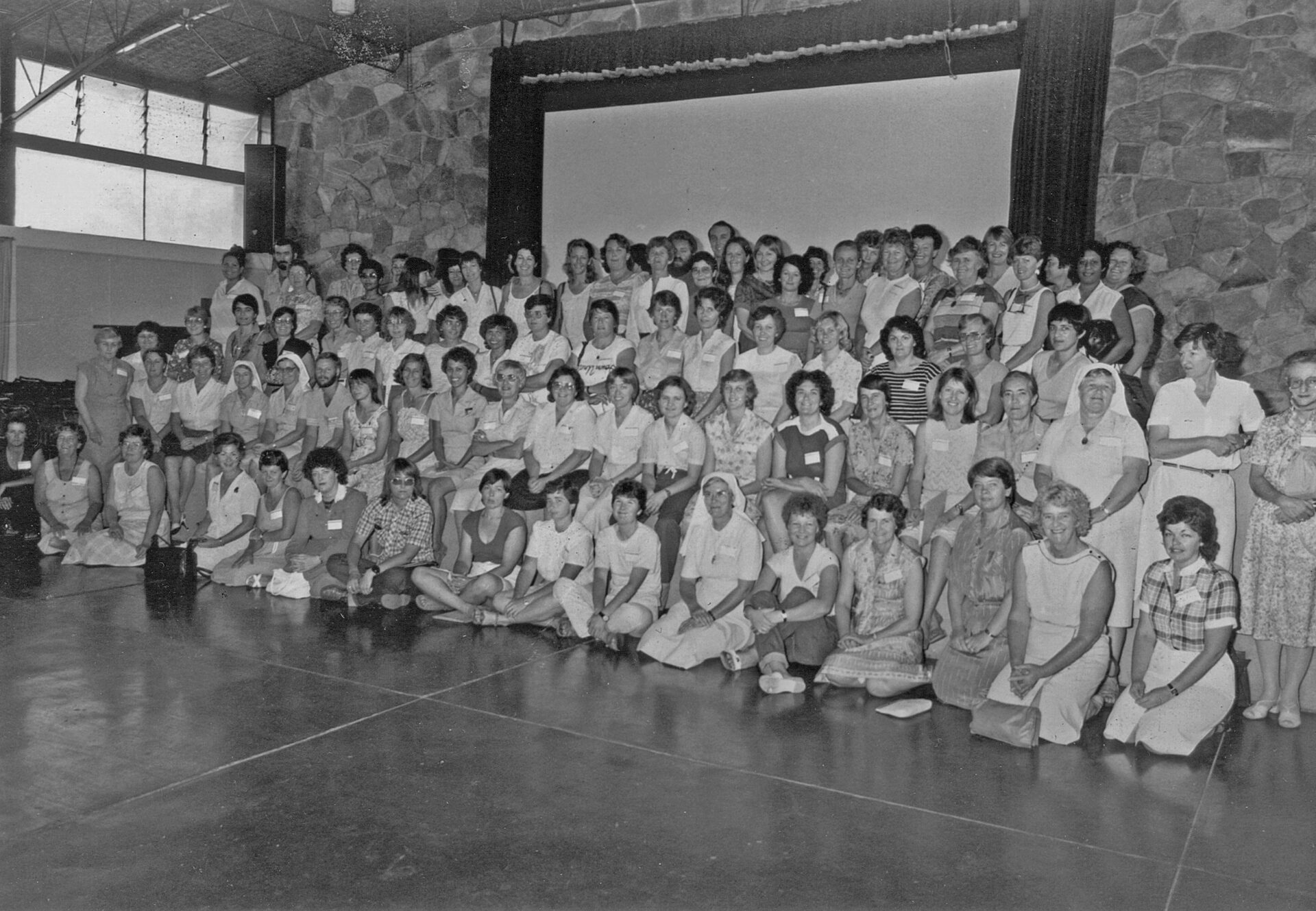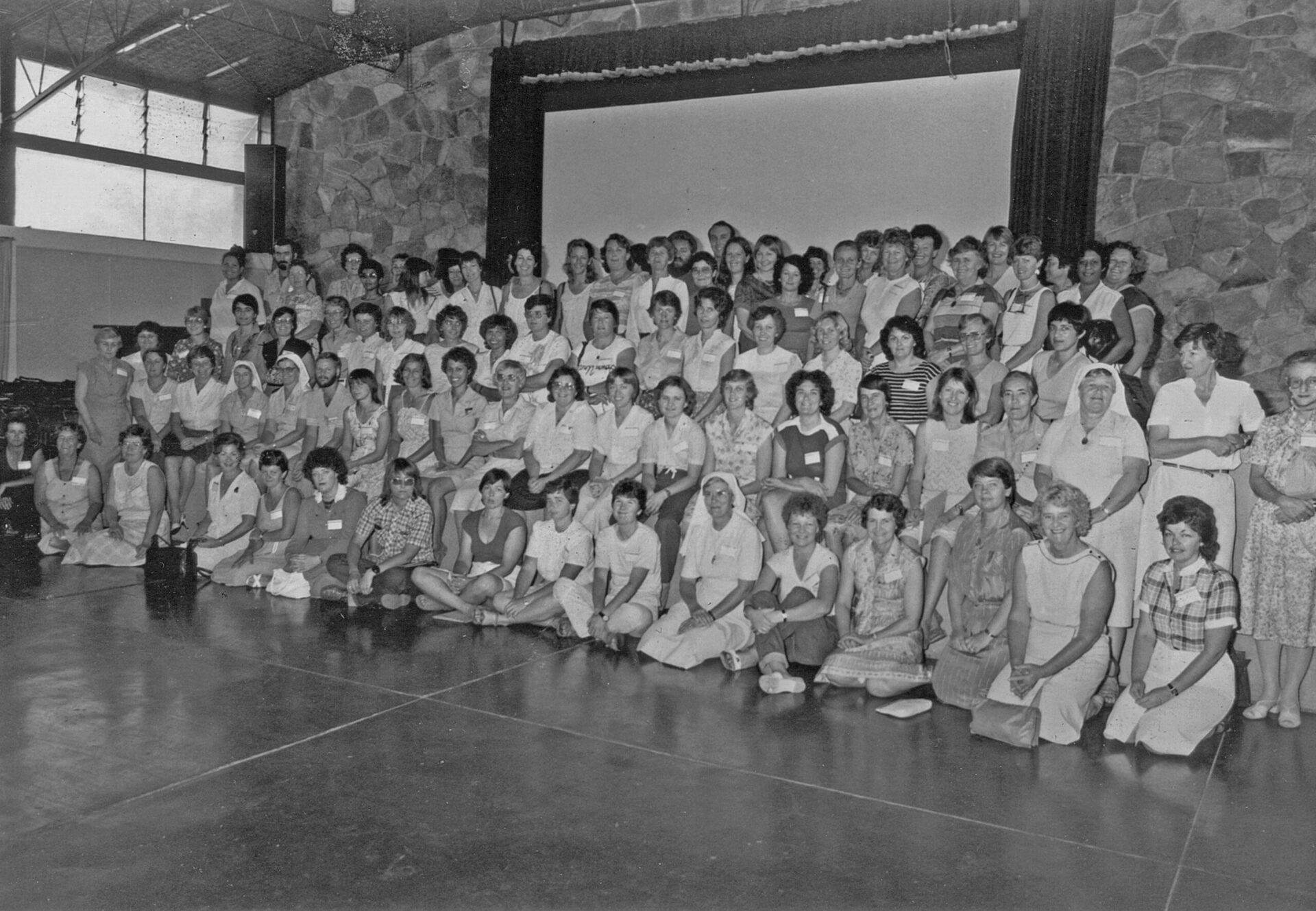

Moreover, remote area nurses were a pre-dominantly female professional group within a patriarchal society, and prevailing values of religious duty, bush stoicism and service to country often suggested one should quietly ‘get on with the job’.
But beneath the surface, the workforce was stirring, recalls remote area nurse Sally Johnson, who was working as a nurse in the Gulf Country at the time.
“I was sitting on a beach in the Gulf of Carpentaria not far from Normanton,” she says, “contemplating the reality and the fairness of this situation.”
The year was 1982 and she was with fellow remote area nurse, Jenny Klotz. Jenny had recently been asked to relieve an RN at a nearby clinic. The nurses’ flat was occupied and her request to stay in a motel was at first refused because there was a “perfectly good” hospital trolley in the clinic for her to sleep on. She successfully protested for better accommodation with the help of the Queensland Nurses Union (QNU), but this was just the tip of the iceberg. RANs in the area were finding themselves under-prepared and equipped to respond to car crashes, premature births, and other complex presentations.
“What we were thinking at the time was: we are out here expected to have skills that we have never been taught,” Sally says.
“And we are learning on patients and that is not fair to them or to us. So, what to do? Well, this type of nursing had taught us to find a way to fix things.”
The pair compiled a list of clinical and general nursing skills required by remote area nurses, and Jenny, who was active within the QNU, developed a special interest group called the Queensland Isolated Nurses Association.
The group soon attracted a membership of 31. This was a lightbulb moment for Jenny and Sally; clearly, fellow Queenslanders shared their plight. But did nurses in other states and territories feel the same?
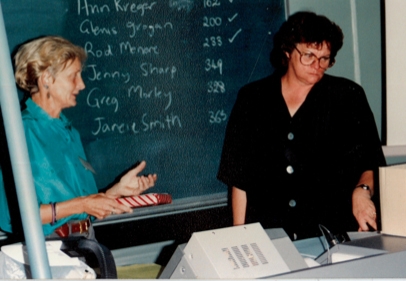

“I recall two ladies – one was a registered nurse (RN) – who were travelling the outback with the Isolated Children’s Parents’ Association,” Jenny says. “They were delivering books and social support to outlying and remote stations and small communities.
“[These ladies] were a godsend. They had connections… In Queensland we had a step ahead, but now word was spreading across Australia through their informal network.”
The RN in question was Terri Ormiston who lived in Mt Isa and worked for the Uniting Church Frontier Services. In 1982, she flew into Sydney for the Royal Prince Alfred Hospital Centenary celebrations.
The day marked 100 years for this urban healthcare institution, but Terri discussed the plight of remote area nurses. Her presentation attracted a standing ovation.¹ June Cochrane, Executive Director of College of Nursing Australia, took note.
June offered the College’s annual conference as a forum to gauge the interest in establishing a network of RANs from all states and territories.
The interim committee that formed following this event included Mary Barr from Alice Springs, Jenny Cramer from NSW, Billie Scott from WA, and Stephanie Muir from the Top End. They successfully applied for Government funding of $4,000 and started to promote the event through their newfound networks, while nurses in Alice Springs including Mary, Doris Kubisch and Sandy Werchon worked tirelessly on planning.
“We collected all the Australian telephone books from the post office at Normanton and looked for the addressees of any remote clinics, sending each of them an invitation to come and discuss our situation in Alice Springs,” Sally says.
“We didn’t ask them to reply because it was all snail mail and we were busy with our jobs out there. We just thought, we’ll throw it out there and if nobody comes that’s alright, but if 30 or 50 come, we can talk about it.”
Rallying together in 1983 and 1985
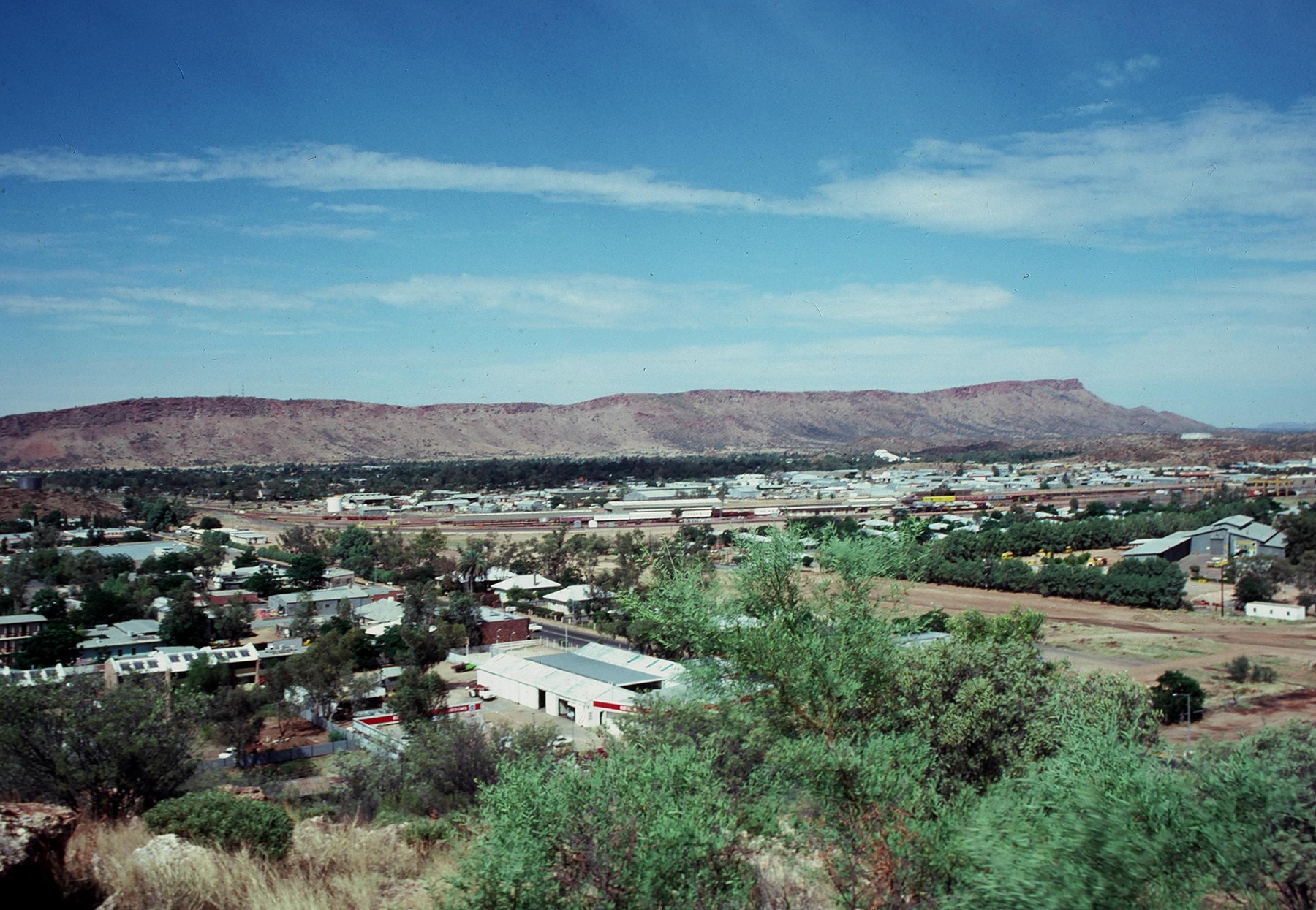
Over 100 nurses arrived in Alice Springs on 27 October for the two-day event. The precise attendee count is lost to time, with 110, 130 and 150 commonly quoted, but the import of the number remains. To accommodate the group, the committee had to change the venue three times (finally settling on a room at the Memorial Club) and borrow cutlery, glasses, cups and saucers from Alice Springs Hospital.
The theme was ‘Remote area nursing – myth or reality?’ At this time, there was minimal understanding of the role, even among other nurses. RANs were at times even viewed as drop-outs from the mainstream system. Now, suddenly, the Minister for Health Neal Blewett was on the stage, acknowledging their reality.
“[Pyramid structures with doctors at the top, paramedics in the middle, and nurses at the bottom] are probably inappropriate in any health setting,” he said. “For the RAN they are simply irrelevant. He, or she, has to be a doctor, paramedic and nurse rolled into one.” It must have come as a pleasant surprise.
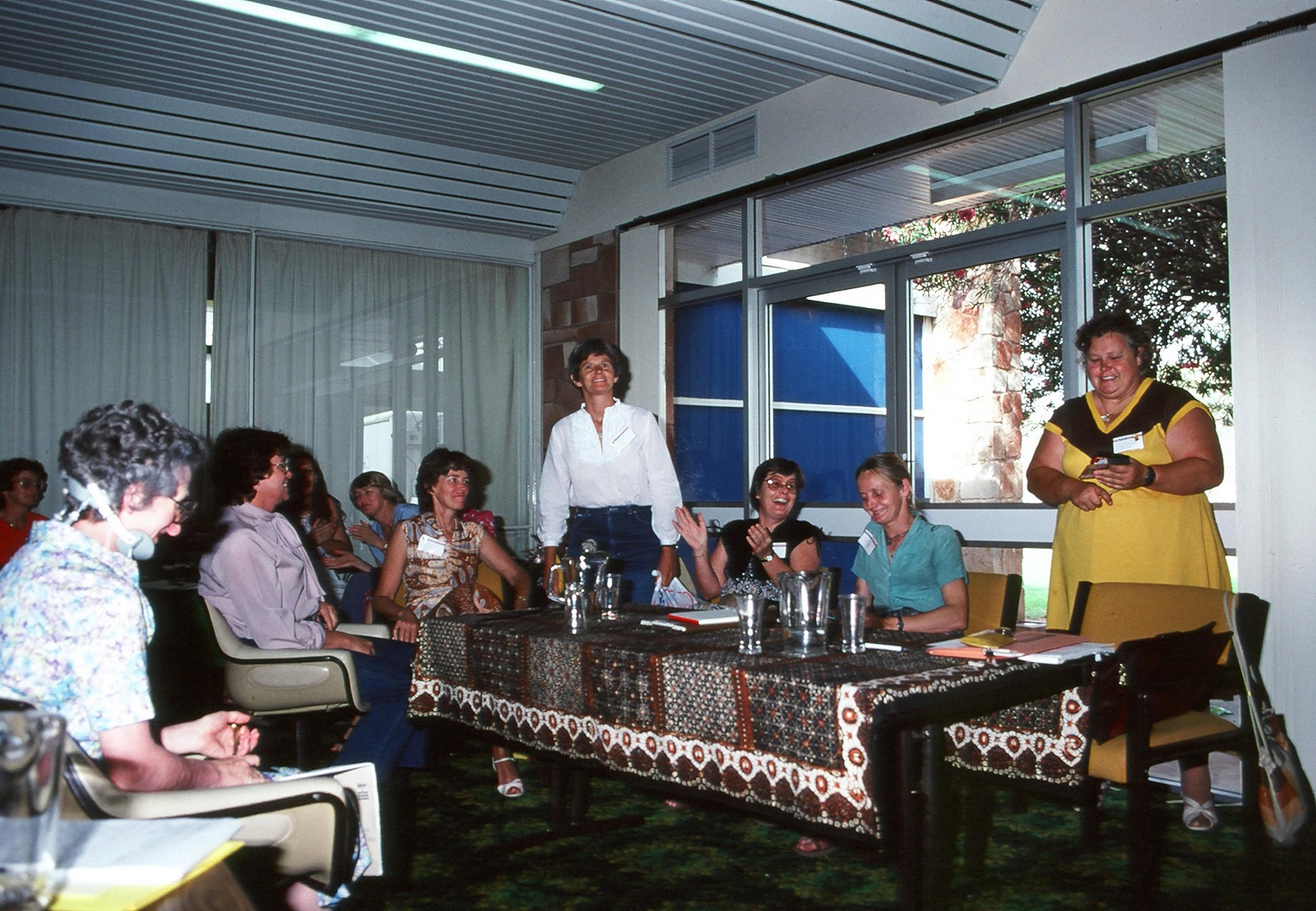
The first few conferences were like releasing the valve on a pressure cooker, Sally says.
“There was so much pent-up energy, frustration and passion among remote area nurses. They needed a safe place to air their grievances, a place they knew they would be heard and understood, a place where they could gain support from their peers.”
Jenny agrees. “The opportunity of finally being able to discuss and share our common interests and concerns was like a seed that was planted in our hearts and minds. [The conferences] gave us a sense of belonging, solidarity and power in our own shared knowledge and experience.”
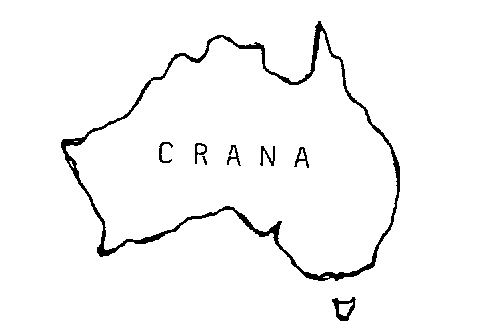
In 1985, the group had its breakthrough conference in Townsville. Its success hinged on generous external support; the Government provided enough grant money to cover conference costs, including reparation of travel expenses for attendees who did not receive financial support from their employer. In Jenny’s words, they were recognising that “we as a group of feisty women and men were justified in our righteous quest to improve the education and support of RANs”.
The organisation settled on its name, with ‘CRANA’ succeeding over alternatives such as ‘Remote Area Nurses Corporation’ or ‘Organisation of Remote Area Nurses Australia’. It inaugurated Jenny Klotz as President, Sabina Knight as Vice President, Margaret Dawson as Secretary, Bernice Blain as Assistant Secretary, Jenny Cramer as Treasurer, and Ann Kreger as Assistant Treasurer.
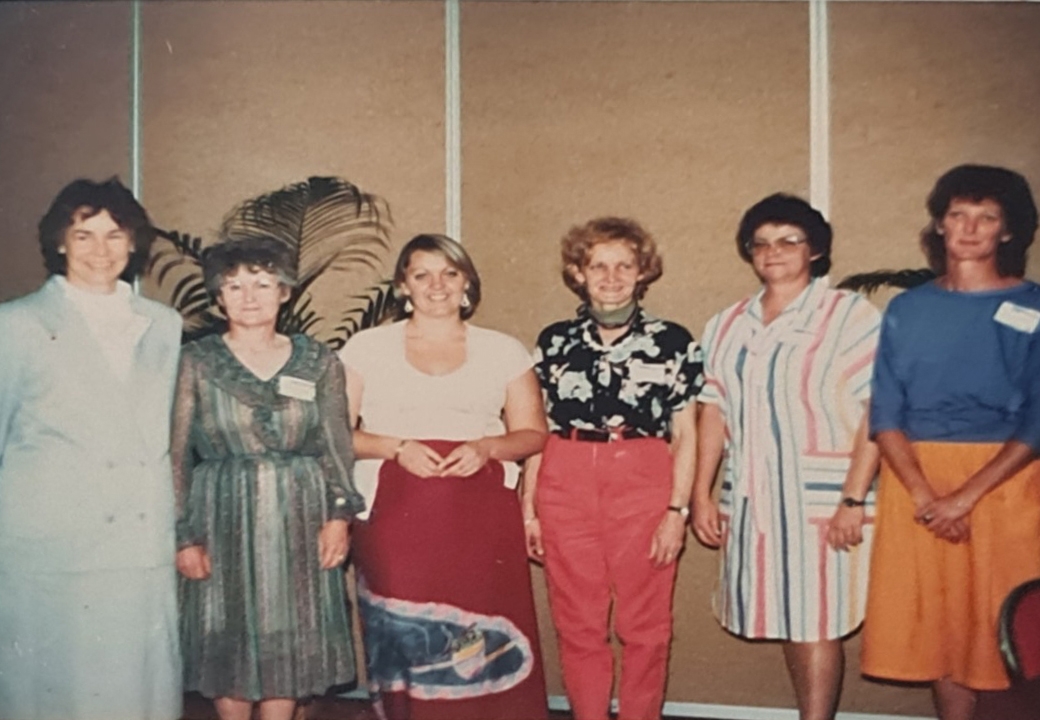

“We did lots of work at that [1985] conference in small groups, highlighting our most prominent issues,” Jenny remembers.
“At the end of the day, when other participants left to find some recreation and relaxation, we, the core group, collated all the information that had been written on multiple, multiple pieces of butchers paper, and came up with the final key concepts that as an organisation we wished to address.”
These issues were crystallised into the famous 1985 conference report and included education, legal issues, occupational health and safety, and the “special problems of living and working in remote areas” (such as isolation, community tensions and higher levels of poverty) which meant that “straightforward duplication” of urban services would be inappropriate. Jenny Klotz, in glasses and pearl necklace, stares out from the pages of this small, glossy booklet, her gaze serenely but calmly demanding a fair go for RANs. CRANA distributed the report widely, to state and federal Government, opposition, union and non-government organisations.
Though the booklet focuses on the issues faced by RANs, this was a means to an end; CRANA’s goal was always to improve health outcomes in remote Australia. Other details have been lost to time, but this unifying purpose can be traced back across four decades.
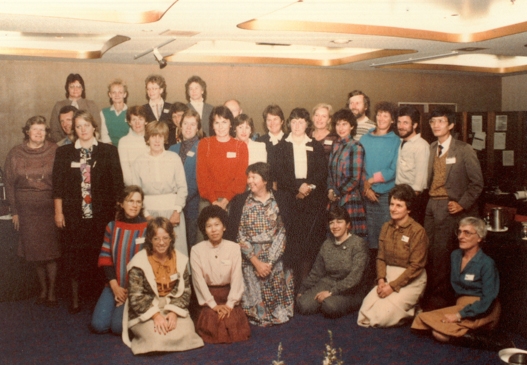
CONTINUE THE HISTORY
- Part 2: Preparing the workforce: the push for education
- Part 3: The fight for identity: validating RAN practice
- Part 4: From cottage industry to corporate entity (including the formation of the Bush Support Line)
Footnotes
- Terri also famously called for a year of the remote area nurse in the Australian Nurses Journal in early 1983.
